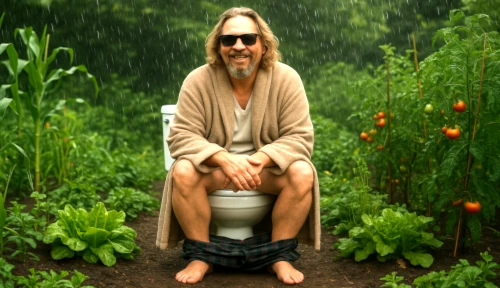Why are we still flushing with drinking water?

Flushing the toilet is probably one of the most ordinary gestures of the day. Yet we should care about the fact that every single flush wastes clean drinking water. The very same water we use to cook pasta or make tea.
In an average household, toilets alone account for about 30 to 35% of total water consumption. That is more than the washing machine and dishwasher combined. Altogether, this adds up to over 8,000 gallons per year for a family of four. And that water does not just magically appear in the bowl. Before that, it was pumped from rivers or groundwater, treated, and sent under pressure through miles of pipes. All that just to get rid of pee and poop.
Dry toilets are not always an option
Dry toilets are a smart and eco-friendly choice. And when the conditions are right, they are great. No water wasted and no sewage system to manage. In the end, you get a simple system that works with nature instead of against it. But maybe you are not ready yet to replace your classic toilet with this alternative. Or you might live in a place without a yard. Or maybe your garden is too small to compost properly. Either way, it is fine because there are other ways to reduce water waste without completely changing your toilet setup.
What if you could flush with rainwater?
A toilet flush does not need drinking water to work. Basically, it just needs water, and any clear water will do. So instead of wasting treated water from the city every time you flush, why not use the one that falls freely from the sky? With a simple setup, you can collect rainwater from your roof and use it to supply your toilet.
This system is based on a small solar pump that sends the collected rainwater to a tank placed above the toilet. From there, gravity does the rest. So you do not change your toilet; you just change where the water comes from. No need to rethink how you go to the bathroom or to handle anything manually. It is just a small, discreet change with a big positive impact on the environment. Plus, it is low-tech, inexpensive, and pays for itself quickly. And as a bonus, if the city water supply is cut off, your toilet still works.
Here is how to use rainwater for your toilet
You do not need to be an engineer to set this up. It is a simple system, and we are going to walk you through it step by step. How it works, what you need to plan, and how to make sure everything runs smoothly. Whether you are an experienced DIYer or just starting out, do not hesitate to take on this project. It is truly useful. And once it is installed, you will save a lot of water every day without even thinking about it.
Hidden Content
A very important part of this how-to guide is not visible. Only members can access the full content. Registration is 100% free and takes just a few seconds. Become a member and enjoy all the services of the site. If you are already registered but still see this message, make sure you are logged in to unlock full access.
A small gesture, a big impact
Using rainwater to flush the toilet is exactly the kind of simple and low-tech solution we need. It saves drinking water and reduces the strain on public infrastructure. So if you like this kind of practical idea and want to discover many more, think about buying us a coffee and sharing this technical guide because that is what keeps NovaFuture alive and fully independent.